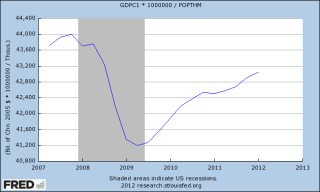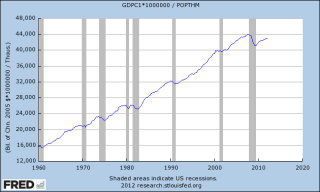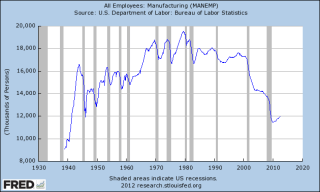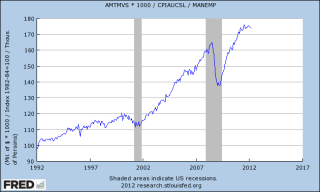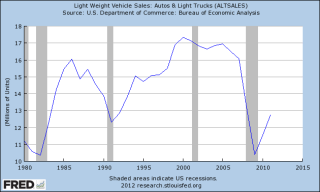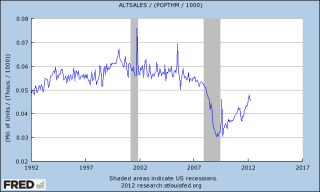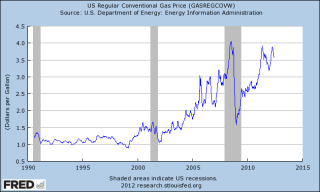This week the Supreme Court is scheduled to give their verdict on the constitutionality of 1) the individual mandate; 2) whether the Supreme Court can make a ruling at this time (are the penalties a tax or not a tax?); 3) if they rule against the individual mandate, is the mandate “separable” from the health care bill and can the Court let the rest of the bill stand; and 4) are changes to Medicaid eligibility rules an imposition on the states that effectively forces the states to accept the new rules or lose funding for their entire Medicaid program.
Jerry sent me a link to a 2009 set of Republican proposals for health care reform. here was my response:
Jer,
This is a Republican position paper from June 2009. At that time Republicans were chiefly concerned about proposals for a single payer system. If you read the paper, you will see that many of the Republican reforms were incorporated in the final health care bill. So why the Republican push back against the health care law?
Dick Armey is a former Texas Congressman who was (and still is?) chairman of Freedom Works, which provided the financial and organizational resources for the formation of the Tea Party. Armey fought against the individual mandate in 1993 under “Hilarycare” and prodded Tea Party members to protest against the individual mandate in “Obamacare” (why isn’t Medicare called “JohnsonCare”?). While not a staunch conservative, he felt that the Republican Party had drifted too much to the left. Armey retired after staunch conservatives continued to challenge him for his seat so he is not one of the wacko conservatives, despite what some Democratic pundits say.
The protest against Obamacare was a wedge issue used by Karl Rove and other Republican strategists as a way to take back the House in 2010 and it worked.
Republican reforms incorporated into the bill may not have been done exactly as Republicans wanted but they were included:
Affordable and accessible health care of all Americans with no refusal for pre-existing conditions.
Enable people to keep the current health care plan they have with their employer.
Give people a choice of health plans and allow small businesses access to affordable health plans (state insurance exchanges)
Prevention, wellness and disease management programs – emphasis on primary care (Bernie Sanders’ amendment that funded Community Health Clinics)
Tax fairness – credits for those buying individual plans so that they have the same tax benefits as people who have employer sponsored plans. (Republican Dan Issa’s committee now finds that this would help too many poor people)
Republican proposals that were not included in the health care bill:
Tort reform that some say causes doctors to order additional tests just to cover their liability. Estimates of the savings under tort reform run from 1% – 10%. My own personal experience with my parents’ doctors is that they order additional tests to confirm their diagnosis before starting a definitive treatment program. The general idea of tort reform is good but the devil is in the details. If your epileptic child becomes a vegetable after your doctor treats her for the epilepsy, do you want there to be a $100K cap on damages that you can get from the doctor? Probably not.
Expansion of health savings accounts
I don’t know if these were included:
Additional oversight and authority to Medicare and Medicaid to stop waste and fraud. One proposal was that Medicare should change its policy of paying bills received within 30 days. Fraudulent clinics bill Medicare, take the money and have closed up shop by the time Medicare investigators discover the fraud (featured on 60 Minutes program). The problem with this proposal is that this would also make it difficult for smaller clinics and individual physicians to manage their cash flows.
Financial help for family members who provide in-home care for a relative.
Republicans have successfully used the emotional issue of the individual mandate to decry the entire health care bill. Should Republicans “repeal and replace”, many of the elements that are in the current health care bill will also be in the Republican bill. But Republicans will claim that it is theirs and it is substantively different than the current bill. That is how a party wins elections. The health care debate is not primarily about health care – it is about elections and power.


